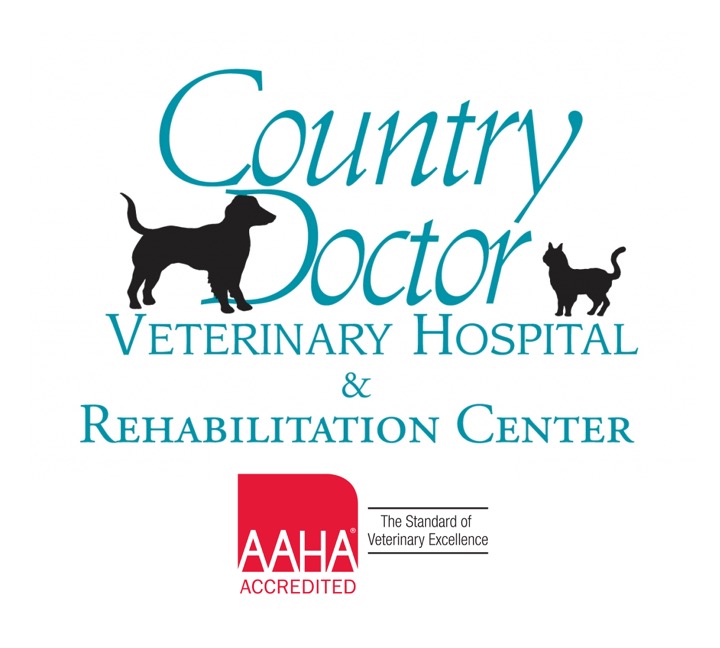Library
-
Dogs chasing their own tail can be amusing but also a sign of a bigger problem. Dogs that are left alone for extended periods may get bored or may not be getting enough exercise and to release all that pent-up energy, they chase their tails. Young pups chew their tails as they become aware of their body parts and is usually a passing phase. Older dogs however, may chew their tails when mental acuity diminishes. If your dog suddenly starts chasing or biting at his tail, schedule a veterinary visit, as the cause could be medical in nature (internal or external parasites, an injury, impacted anal glands, or a neurological problem).
-
There are many possible explanations as to why dogs eat grass including gastrointestinal upset. However, most grass-eating dogs are not sick beforehand and do not vomit afterwards. Dogs may eat grass if they are bored, lonely, or anxious. Some dogs will eat grass as a reflection of their ancestral heritage and the need to scavenge, or dogs may simply enjoy the texture and taste of grass in their mouths. Regardless of why your dog eats grass, it is not the best snack for him and may be a vehicle for ingestion of intestinal parasites. You can train your dog to stop eating grass with treats, affection, or commands such as heel.
-
A dog’s ability to smell is far more advanced than ours. The Jacobson’s organ located inside the nasal cavity, opens into the roof of the mouth behind the upper incisors, and serves as a secondary olfactory system designed for chemical communication related to mating. Dogs use their keen sense of smell, along with a visual assessment, to provide vital information about a new canine acquaintance. The way dogs sniff rear ends can establish which of two dogs is dominant and set the foundation of their relationship. Dogs also have a good scent memory that can identify other dogs they have not seen for years.
-
Dogs tilting their heads is a functional necessity for them to be able to both see and hear better than when looking straight ahead. Different breeds may act differently based on ear and face shape. Sometimes a head tilt may be a sign of a medical problem especially if persistent or not associated with a given audible cue. If your dog cocks his head when there is no auditory stimulation, take him to see your veterinarian.
-
Turning around before bedtime has its origin mostly in evolutionary history where dog ancestors were practicing these habits for health or protection. These innate habits remain in their genetic code to this day, but if your dog is seeming to be doing it excessively, it could be a sign of underlying medical problems, such as arthritis or neurological disorders. Contact your veterinarian if your dog appears to have difficulty settling down.
-
Regular preventive health care for your cat can increase the length and quality of her life. Healthcare guidelines are established and kept up to date using the most recent evidence-based recommendations including the recommendation that all cats receive a complete veterinary examination at least once a year or more frequently, depending on their individual needs and health concerns.
-
Regular preventive health care for your dog can increase the length and quality of her life. Health care guidelines are established and kept up to date using the most recent evidence-based recommendations including the recommendation that all dogs receive a complete veterinary examination at least once a year or more frequently, depending on their individual needs and health concerns.
-
During the spring and summer, it is not unusual to encounter a wild baby bird on the ground. Often, people respond by taking the little "orphan" home before they figure out what to do with it. This handout provides important information should you encounter a wild baby bird.
-
The purpose of clipping a bird's wings is not to prevent flight completely, but to ensure the bird is unable to achieve or sustain upward flight, preventing escape, unwanted roaming, and exposure to dangerous situations. Typically, the primary feathers are trimmed about halfway between the base and the tip of the feather. The secondary feathers should not be clipped, and no feathers should be clipped shorter than midway from base to tip. Newly growing pin or blood feathers (that retain blood in the shaft until the feather matures) will bleed quite profusely if accidentally cut.
-
Wobbly Hedgehog Syndrome (WHS) is a progressive degenerative neurological disease of African and European hedgehogs. The disease causes muscle atrophy and weakness that eventually progresses to partial or full paralysis of the limbs and torso. The clinical signs, diagnostic testing, and supportive care management of WHS are explained in this handout.

